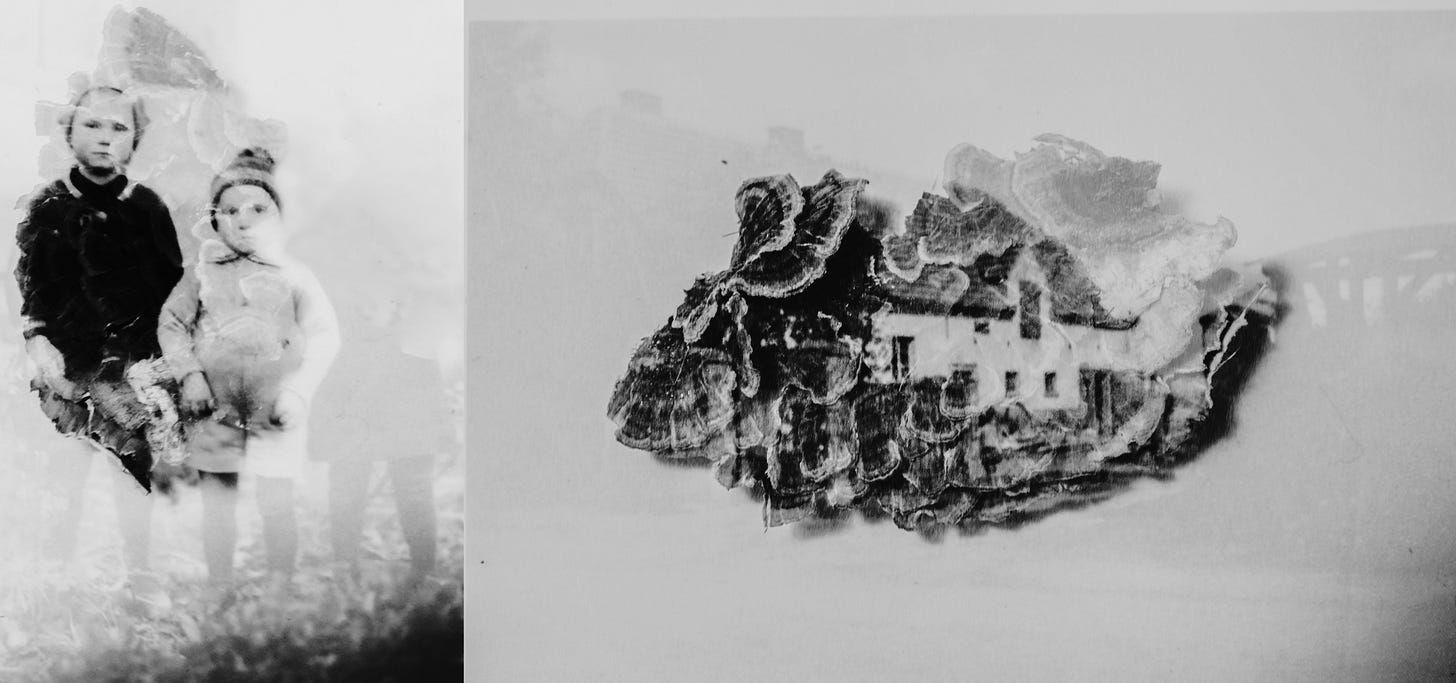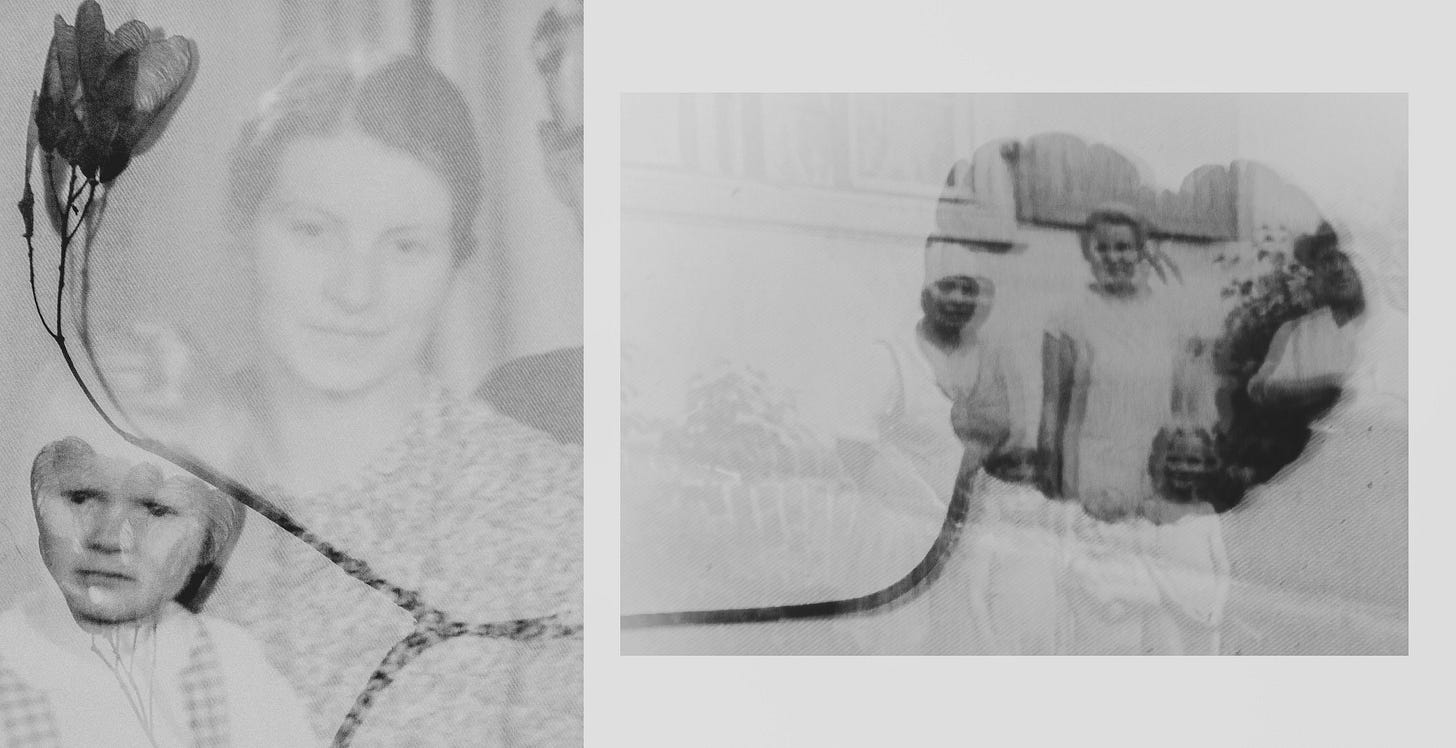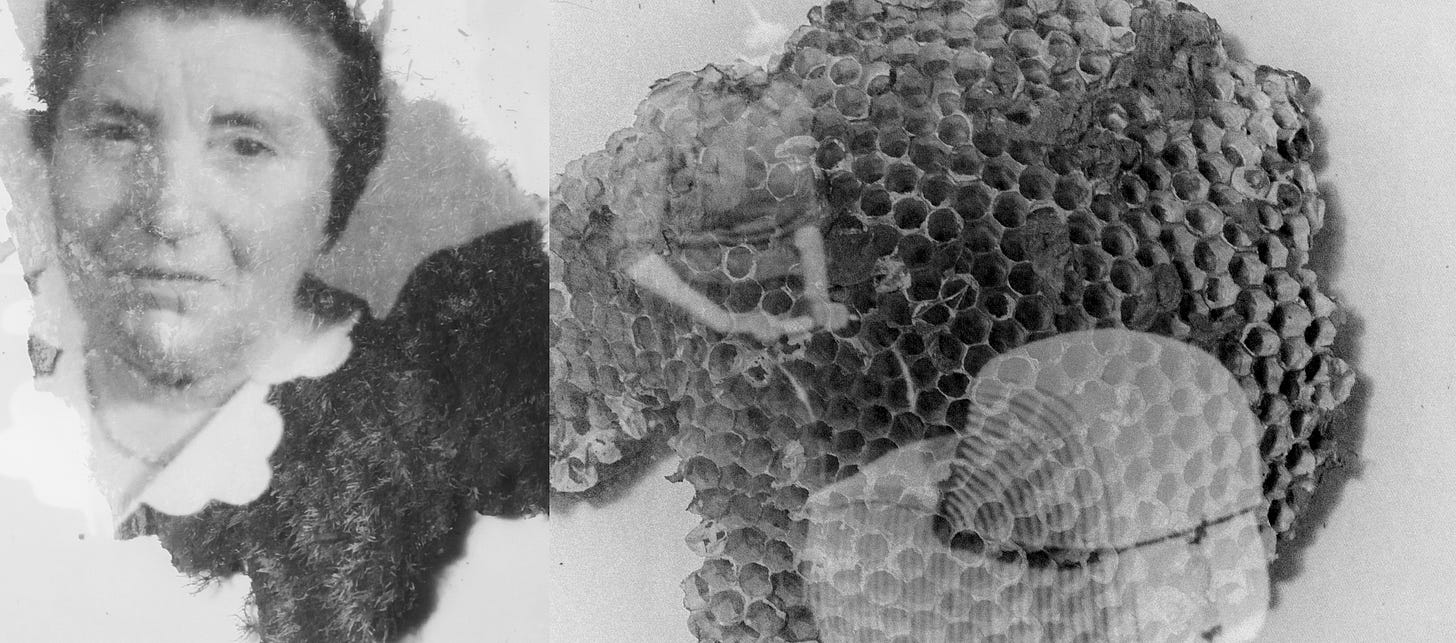Dear reader,
The career of an artist is filled with ups and downs. So often it is very unpredictable, and our efforts to endure with perseverance, dedication and patience often get put to the test. I do believe that the biggest challenge of an artist is to find the motivation and ability to continue amidst doubt, insecurity, lack of success (or what our society defines as lack of success), lack of financial stability, and so on. It is easy to continue when approval, praise, and money are flooding your way, but when faced with the opposite, it takes great courage to keep going.
During times when the thoughts of quitting and the feelings of inadequacy are trying to thwart me, it has been very helpful to remind myself of my underlying motivation and purpose as an artist. I have mentioned before that my creative practice is driven by a continuous desire to explore the beauty that comes out of suffering and the ability to hold and experience the truth of both. The gift of creativity is not exclusive to artists. I think it is given to all of us, whether we make it our full-time endeavor in terms of creating art, or we are using our creativity in any of our jobs, ordinary chores, or daily interactions with others. I firmly believe that being a human being means being a creative being and that creativity can be in the most ordinary daily tasks and chores we all have to perform. However, not all of us are going to be artists (thankfully!!), but if this is your path in life and you are fortunate enough to make this your job and vocation, I think we carry a much greater responsibility than simply expressing ourselves and striving for success or making a living (all of which of course matters and is very important). But I think what can sustain us as artists, especially during times of hardship, is the ability to translate the struggles and the emotions surrounding those times into something beautiful. It is the ability to recognize the suffering and brokenness in this world and hold it, and then create something that contributes to the beauty and goodness that our world so desperately needs. Even the tiniest contribution of goodness and beauty matters and can contribute to healing and hope.
I think that’s why art is needed in our culture and society where so much has become about status, outward appearance, accomplishments, and material possessions. I think that’s why art is needed in our world where suffering from trauma caused by illness, war, natural disasters, abuse, and other tragedies are so prominent.
Keeping our focus as artists on giving and contributing instead of gaining will sustain us through times when the rewards we hope for (and also deserve and need - like money to live) are far and few.
“In order to be effective messengers of hope, we must begin by trusting our inner voice, an inner intuition that speaks into the vast wastelands of our time. This process requires training our imagination to see beyond tribal norms, to see the vista of the wider pastures of culture.” Makoto Fujimura
Honor the fragments
I was recently introduced to the Japanese-American painter and author, Makoto Fujimura. He is a firm believer in the powerful impact art can have on this world and a strong supporter and believer in the importance of artists creating beauty that comes from the experience of pain and suffering. (An interesting and important fact about him is also that he is a 9/11 survivor.) His mission is to share the importance of art with the world. In one conversation I listened to, he talks about the Japanese art of Kintsugi:
“Kintsugi — which means “join with gold” — is the Japanese art of repairing broken objects, often ceramic pottery or glass. Traditionally, gold lacquer is used to piece shards together again, creating a more beautiful object through the acts of breaking and repair. Kintsugi encourages us to fix rather than discard, thus placing a higher value on the objects we bring into our lives.”
He further explains that he uses this particular old and slow art form as a metaphor of what it means to create art out of brokenness.
A Kintsugi master repairs fragments only after holding on to the pieces for a long time - years, decades, or even generations. The purpose of that is to honor the brokenness, to behold the brokenness. You don’t mend and fix right away to make things better or cover up the wounds, you keep the fragments and observe them for a long time. After a while, however long it might take, you start to see each piece as whole, as beautiful in itself. Once that happens, the work of repairing can begin. The purpose of the repair is not to bring the piece back to its original state, but by adding gold and other valuable materials that you use to attach and hold the pieces together, you create and manifest a new design. You emphasize the fragments; you are not trying to hide them. And you are adding even more value to the new piece than it had in its original state before it broke. By investing the time and using those valuable materials, you are recreating something new and even more beautiful.
The way he uses this as a metaphor shows how the brokenness, scars and fragments become part of our story, become part of who we are. We cannot change them, nor should we. In fact, we need to hold the pieces until each turns into something beautiful. And then we can recreate and mend and add value to our life, to our personhood, and it has the potential to be even more beautiful than before.
He says that brokenness can be an entryway for creativity. The Kintsugi master sees something in each individual piece that others might not be able to see. An artist often looks at the world, seeing something beautiful or different that others might not. It’s that kind of vision that brings art to life, that feeds the creative process and brings newness out of brokenness, pain and suffering, not by covering it up or pretending it doesn’t exist, but by slowly putting something together that becomes whole and beautiful in a new way.
More beautiful than before
I must say, when I listened to him talk and read about this art practice, I was deeply moved, nearly to tears. Adopting this kind of vision in your creative practice changes everything. To the Kintsugi master, there is a sacred dimension to a broken reality and if we adopt this vision, we are training our imagination, we are practicing the art of seeing, the art of noticing. We are practicing our ability to create.
I think this is perhaps the most beautiful way of defining the role of art, of defining my role as an artist. It pushes aside the striving for numerical success, the list of accomplishments, the envy and the comparison. It keeps me grounded in a place where creativity and art can become a tool to contribute to healing.
Isn’t that ultimately the success we want and need? If we stay close to that vision, good things will happen, good things for others and good things for ourselves.
Of course, this isn’t easy. It is hard work that sometimes goes against what we should do or are told to do. But I believe that it is worth striving for, because I want to believe that creativity has a higher purpose and is given to us human beings to bring good into this world.
As we enter a new year, hold on to that. We need music, poetry, images, and paintings, we need writings, and we need your stories and experiences. Our vulnerability creates connection and a place for healing where brokenness can turn into something more whole and beautiful than before.
About the images
All images shared here are part of an ongoing series in progress working with old family photographs. I think my vision for it changed a bit. I focus on creating the multiple exposures entirely in camera now, which takes time and patience as exposure settings need to be adjusted continuously and are different for each shot to get the effect I want. I don’t aim for perfection but I have many failed attempts. I use natural materials (dead plants, bark, dead leaves, wasp nest, etc.) I find on the ground during my daily walks to superimpose on the photographs and highlight certain faces or elements that are part of my story.
Thank you so much for reading! It means more than you know.
Next week will be my last post for the year 2023. I will talk about some of my plans and goals for 2024, especially regarding this space.
Amongst the busyness of preparing for the upcoming holidays, I am wishing you much peace and joy.
Manuela









As always I feel deeply touch by your thoughts on the process. Thanks for sharing.
Yes, yes and yes. The art of kintsugi has also touched me deeply as when I first encountered it. It takes courage to surface the beauty out of broken pieces and from a place of vulnerability. Artists are creative warriors in that sense. And there lies the gift. Thank you for sharing. Beautiful words and images, Manuela!